Plants not only improve indoor air quality, they can also reduce stress and lift your mood.
After it was determined that COVID-19 can be spread from the respiratory droplets of someone who is infected or from contaminated objects, people were forced to isolate themselves in their homes to protect themselves from and prevent the spread of the disease. However, it has been proven that poor indoor air quality (IAQ), brought by indoor pollution, can also contribute to poor health.
UNDERSTANDING INDOOR AIR POLLUTION AND INDOOR AIR QUALITY
Indoor air pollution is when pollutants from the outdoors such as smog and emissions from power plants, cars and trucks enter the home and contaminate indoor air. Studies have shown that indoor air pollution is just as real and dangerous as the pollution outside. Continued exposure to indoor air pollution can lead to health deterioration. Immediate effects include irritation of the eyes, nose and throat, headaches, dizziness and fatigue, while long-term effects include respiratory diseases like asthma, heart disease and even cancer.
There are many reasons for poor IAQ — poor or inadequate air ventilation is one of them.
People spend an incredible amount of time indoors, and therefore it is important to maintain healthy air indoors.
As COVID-19 cases continue to escalate in the country, many people are trying to come up with ways to avoid the spread of the disease to their homes, including the use of air purifiers. Though concrete evidence is still needed to prove that air filtration works to reduce the transmission of the novel coronavirus, there is reason to think that air purifiers with high-efficiency particulate air (HEPA) filters can help.
Air purifiers are a handy piece of technology as these remove fine dust and particulate matters, which will improve IAQ. Air purifiers with HEPA filters are very effective and certified to capture 99.97 percent of particles that are 0.3 micron in diameter. However, many air purifiers with HEPA filter available on the market today are expensive and can run in the thousands of pesos.
If budget is tight, use indoor plants instead to improve the IAQ of your home.
BEST AIR-PURIFYING PLANTS
Plants do not only make homes look and feel better, certain plants can also help purify air. While plants have less horse power, they’re more natural, cost effective and therapeutic. In addition, plants are known to increase mood and productivity, enhance concentration and memory, and reduce stress and fatigue.
The NASA Clean Air Study shows that in addition to absorbing carbon dioxide and releasing oxygen through photosynthesis, certain common indoor plants also provide a natural way of removing volatile organic pollutants. NASA also recommends two to three plants for every 100 square feet or 9.2 sqm.
The following plants were tested during the 1989 study:
English ivy – The English Ivy is well-adapted to indoor conditions and are good for those with allergies as 60 percent or airborne mold and 58 percent of airborne feces vanish within hours after this plant is introduced to a room. Different varieties will prefer different light situations. Note that these plants are toxic to animals and humans when eaten.
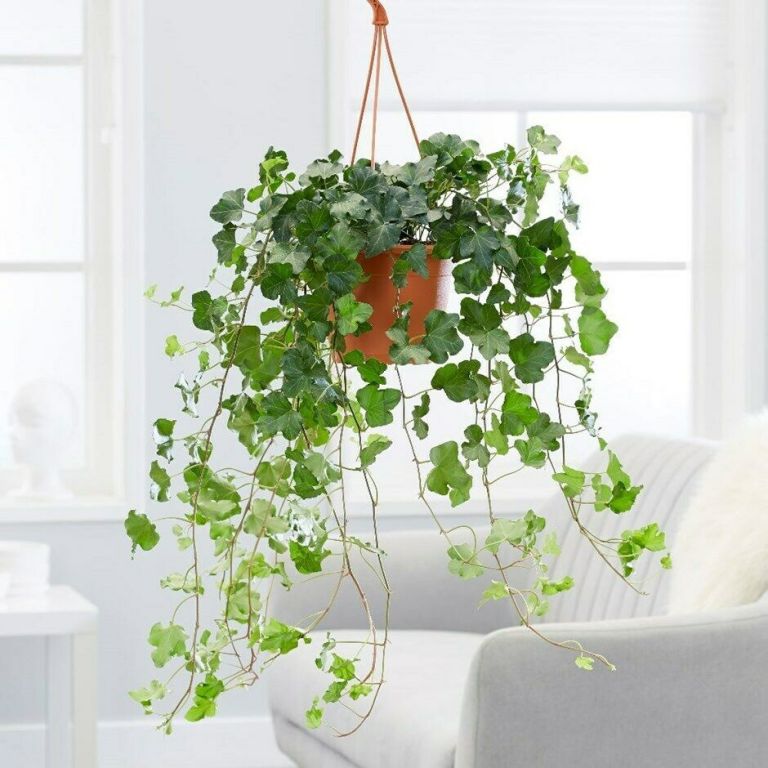
Spider plant – Spider plant is perfect for plant newbies. It quietly battles toxins including carbon monoxide and xylene, a solvent used in the printing and rubber industries. It is also non-toxic to animals. The best place to put these are either in the bedroom or living room. Water these plants two to three times a week.
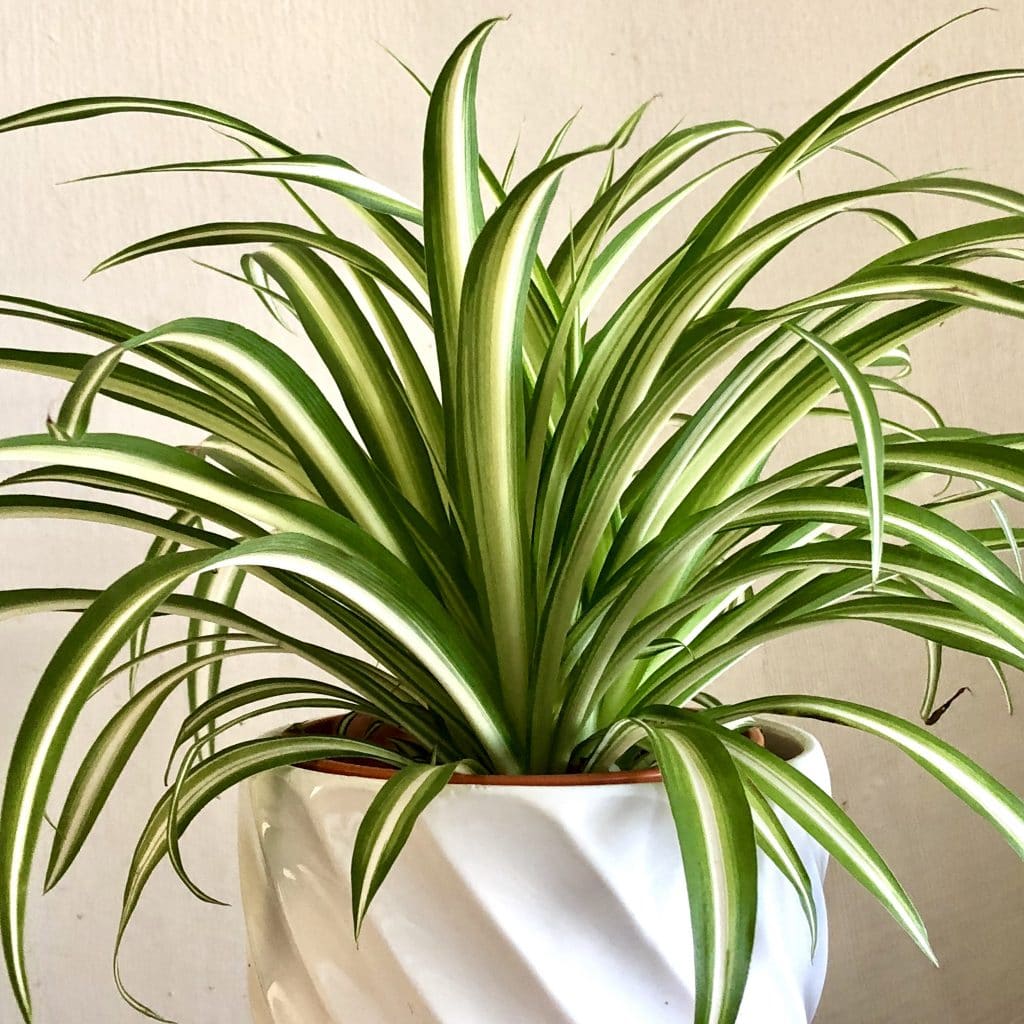
Devil’s ivy – Or golden pothos is one of the most effective indoor air purifiers as it helps eliminate formaldehyde, xylene, toluene, benzene, carbon monoxide and more. It flourishes in a variety of conditions and can grow up to eight feet long.
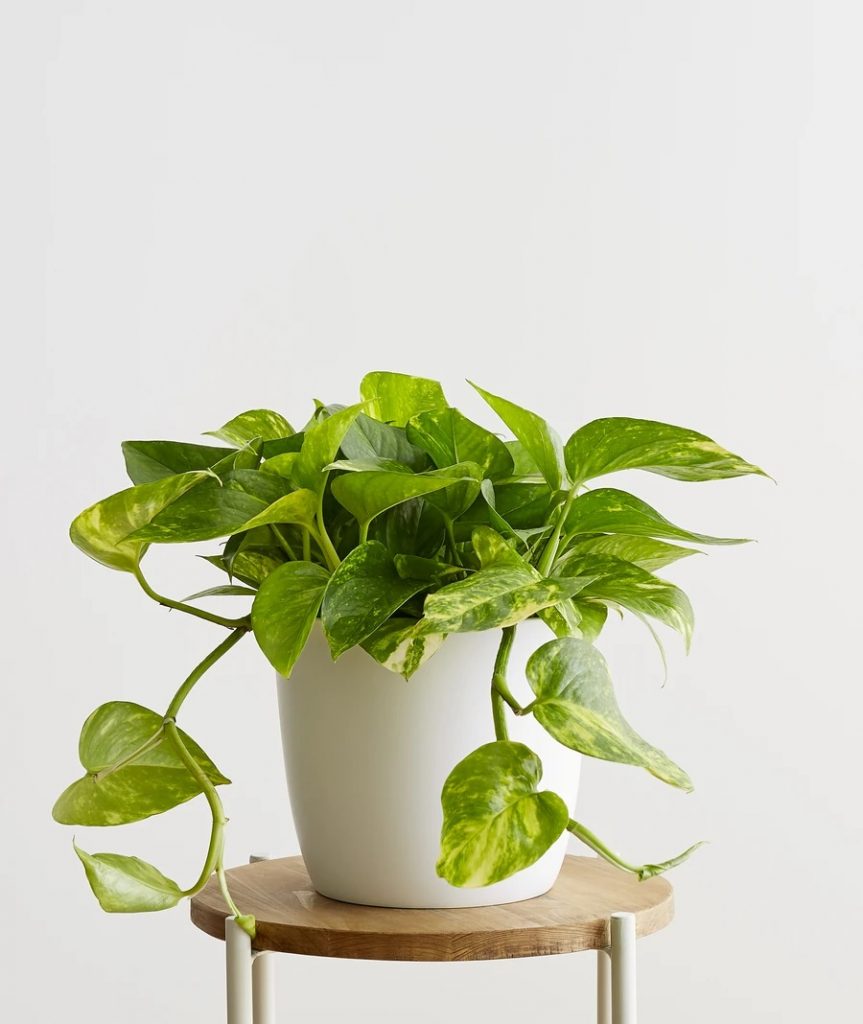
Peace lily – Peace lilies were one of the top three plants for removing common household toxins, including ammonia. It needs modest sunlight and plenty of water in order to do its job. As long as it is properly taken care of, it can help purifier air 24/7. Take note though that this plant is toxic to both animals and humans despite its calming name.
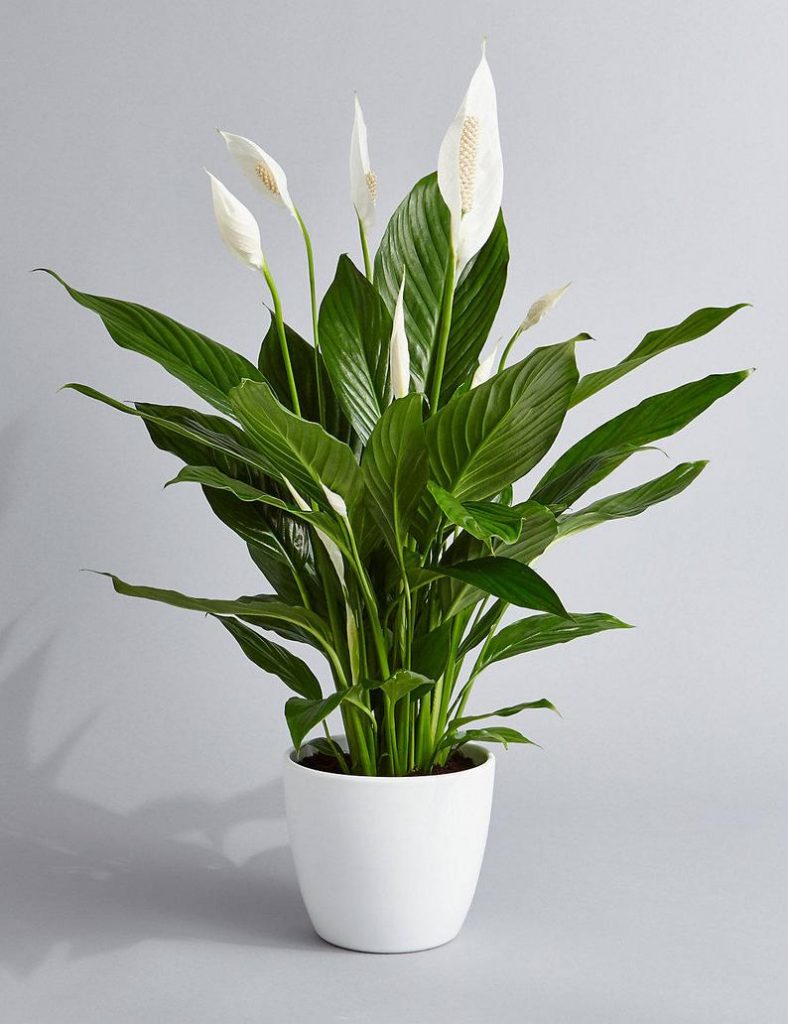
Chinese evergreen – The Chinese evergreen can remove many common toxins but require extra attention. These plants like high humidity so water moderately or regularly mist it. Repot these every few years and keep away from pets.
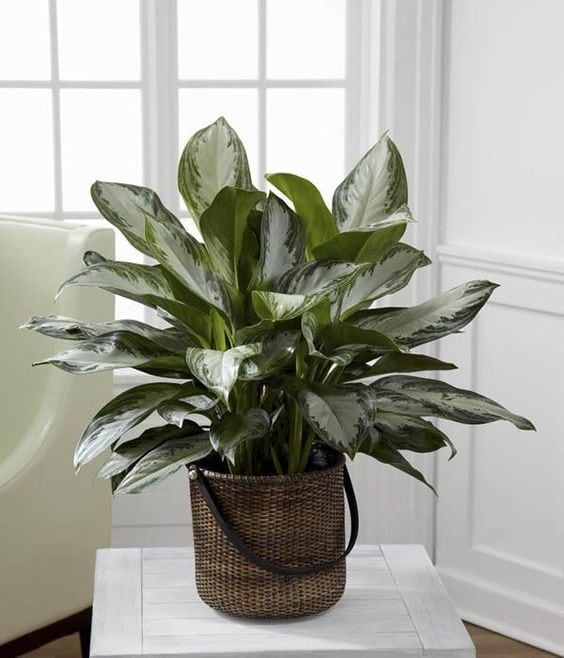
Bamboo palm – Bamboo palms are sturdy plants but are pretty tricky to care for. They like bright areas but not direct sunlight. Place bamboo palms where air circulates freely, keep the soil moist and mist occasionally to prevent spider mites.
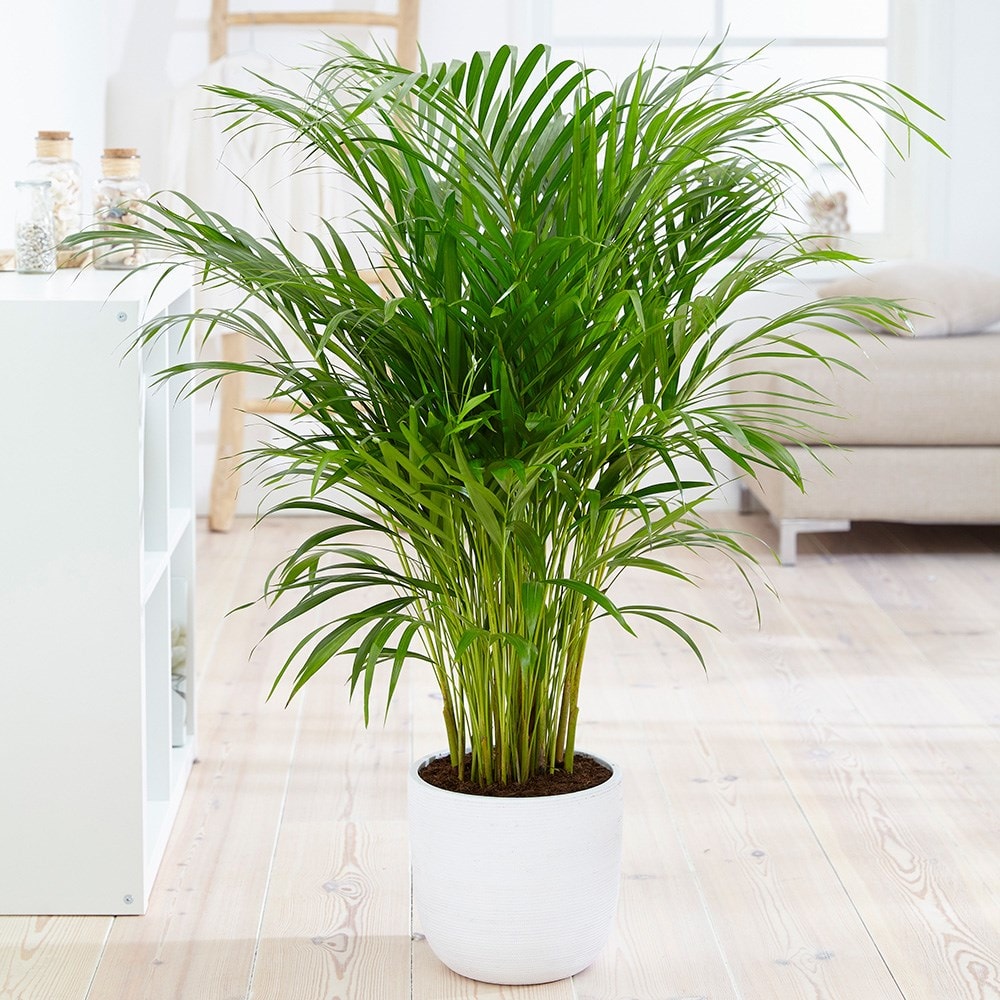
Red-edged dracaena – Or dragon tree fight off the trichloroethylene and xylene pollutants. The leaves have bright red trim which adds color to the home. These plant has the potential of growing up to eight feet tall and needs reasonable sunlight, so a well-lit room with high ceilings is the best placement for this.
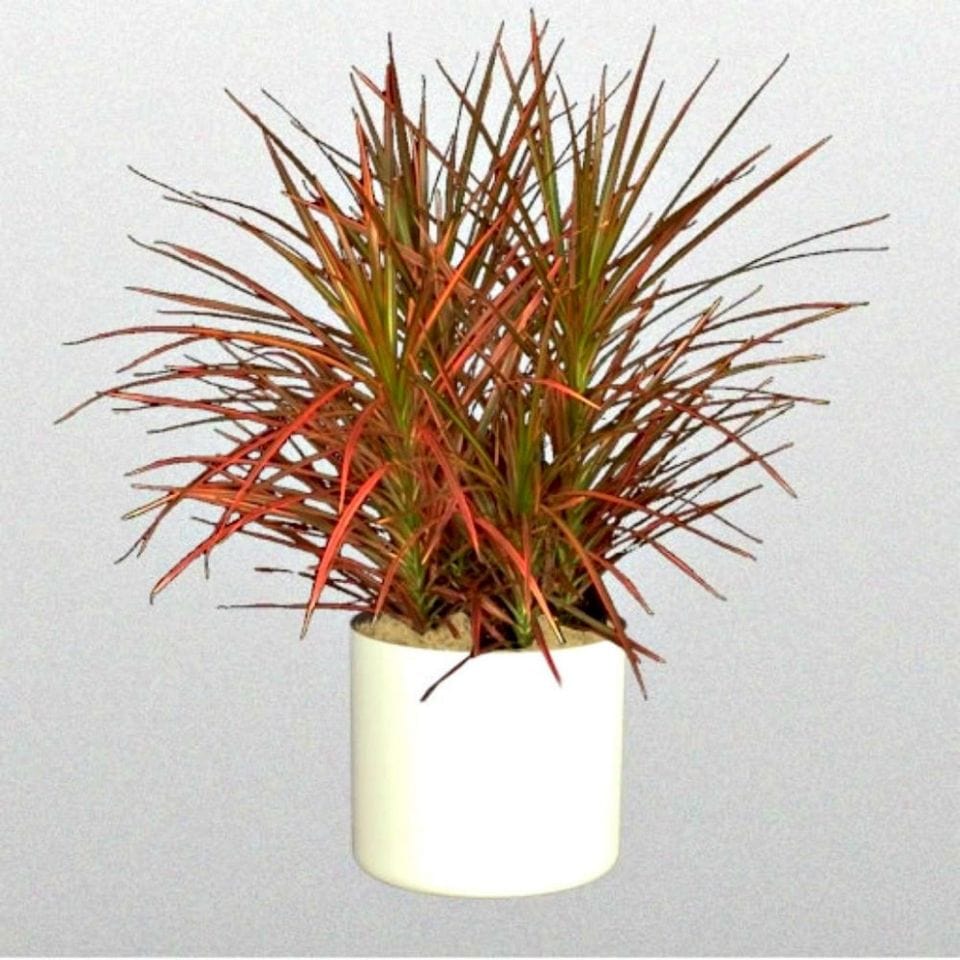
Dracaena – Dracaenas or Corn Plant come in all shapes, sizes and colors and are also perfect for newbies however toxic to animals. Do not water this plant too much or else.
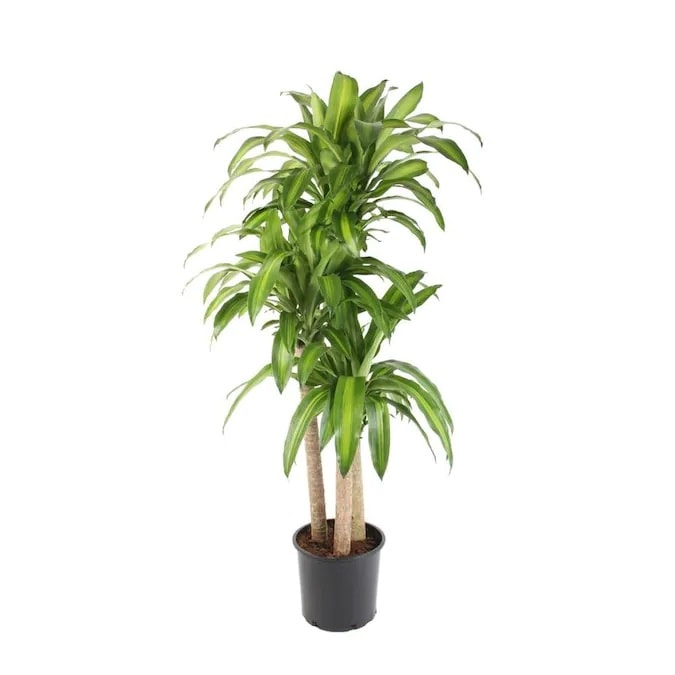
Weeping fig – The weeping fig or ficus tree has been a popular houseplant since the Victorian times. It helps tackle the levels of formaldehyde, xylene and toluene. If you keep this plant in a bright room but with indirect light like a balcony, it will be a trusty purifier for years to come.
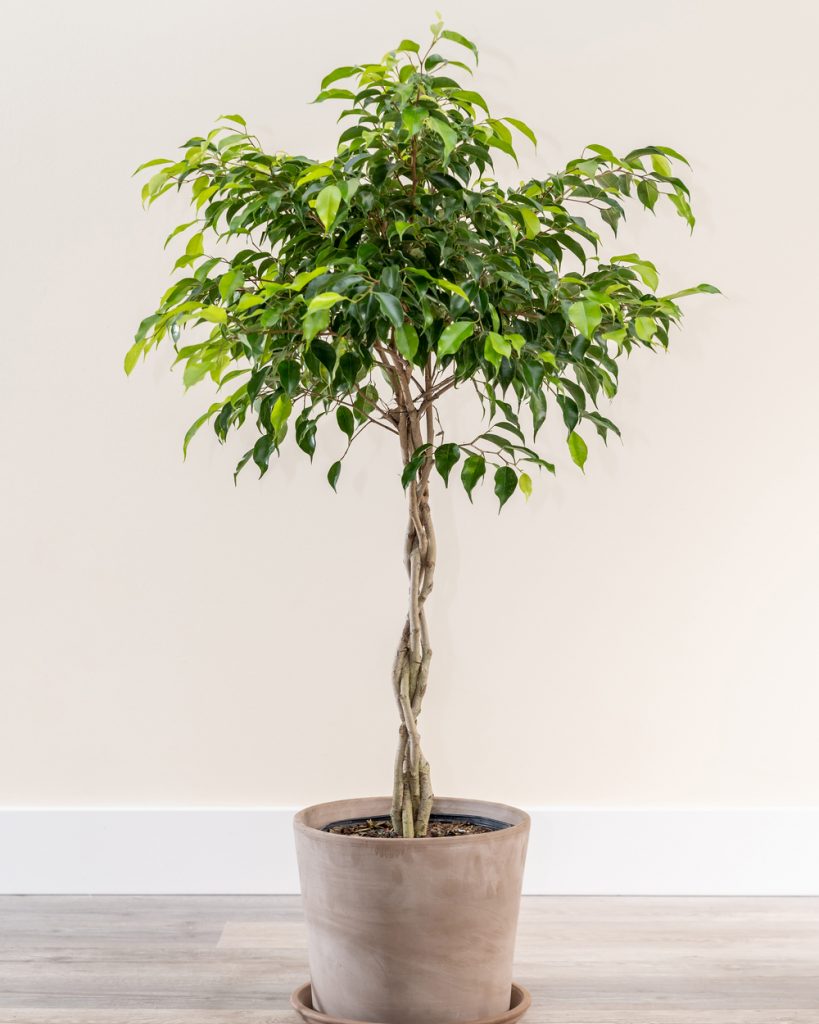
Chrysanthemum – Chrysanthemums are more than just beautiful flowers, they filter out a host of toxins including ammonia and benzene. This plant loves sunlight, so it’s best to place it near a sunbathed window and away from pets. Bear in mind that this flower only blooms for about six weeks, without the flowers, this plant won’t be purifying the air.
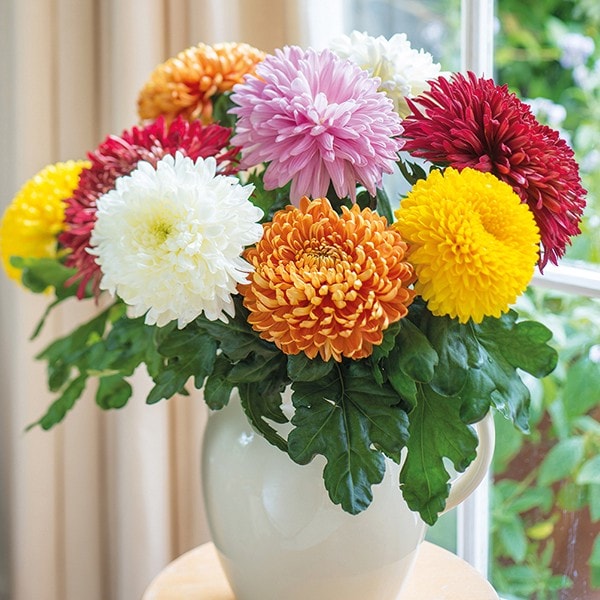
Aloe vera – Aloe vera is not only good for healing burns, it’s also good for purifying the air of formaldehyde and benzene, which are found in varnishes, floor finishes and detergents. This plant thrives in sunny locations and does not require frequent watering.
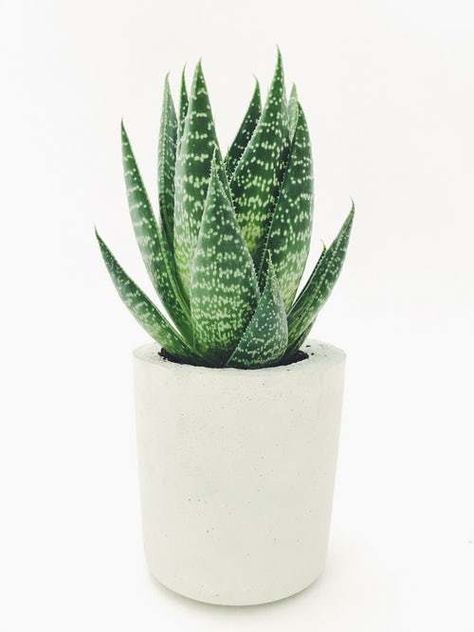
Aside from keeping plants in the house, there are other way to purify indoor air: keep floors clean by vacuuming and mopping; avoid synthetic cleaners and air fresheners — or use natural air fresheners instead by mixing lemon juice, baking soda and hot water in a spray bottle; reduce humidity in the air by turning on your air-conditioner or electric fan from time to time; and increase ventilation by cracking a window open or turning on the kitchen exhaust fans.
